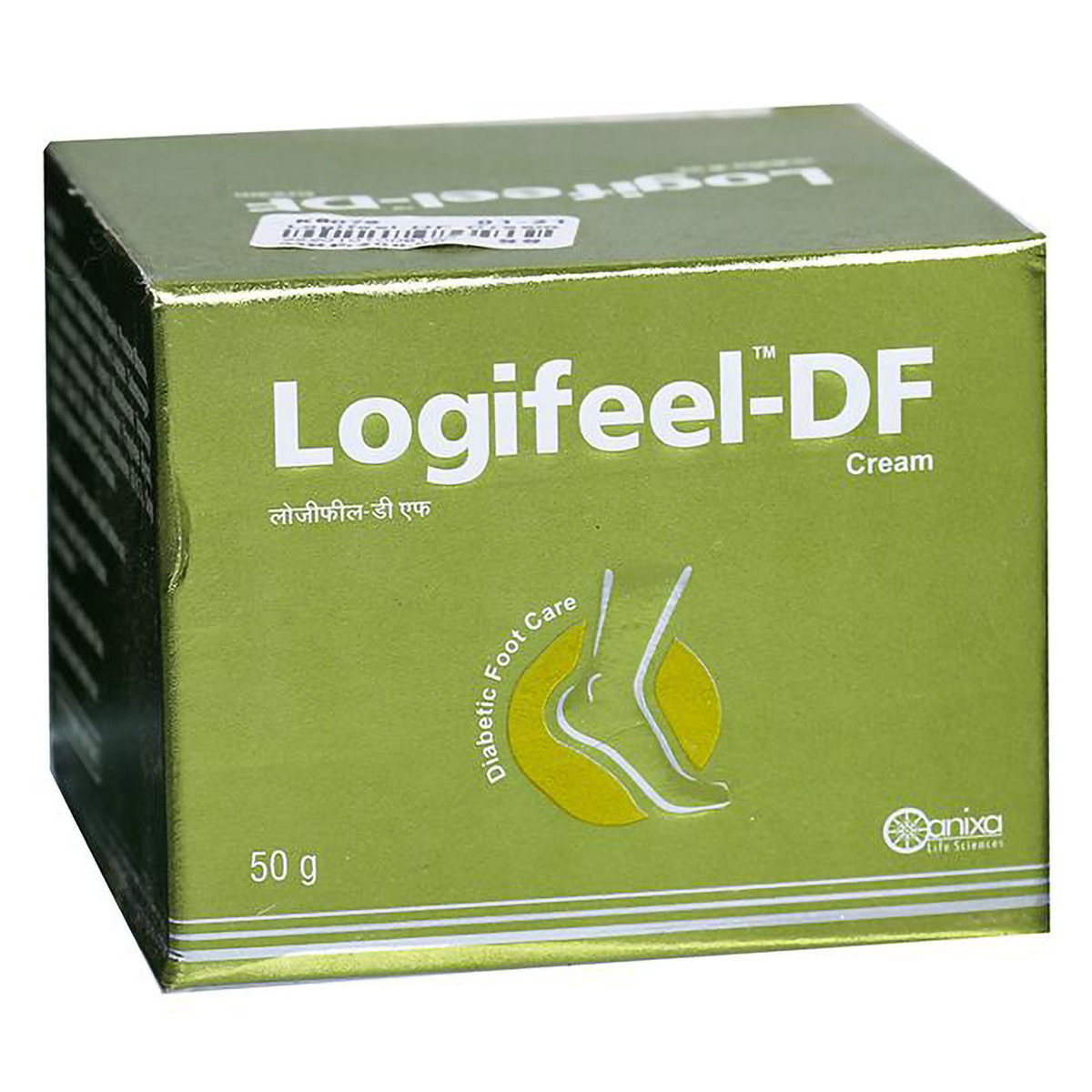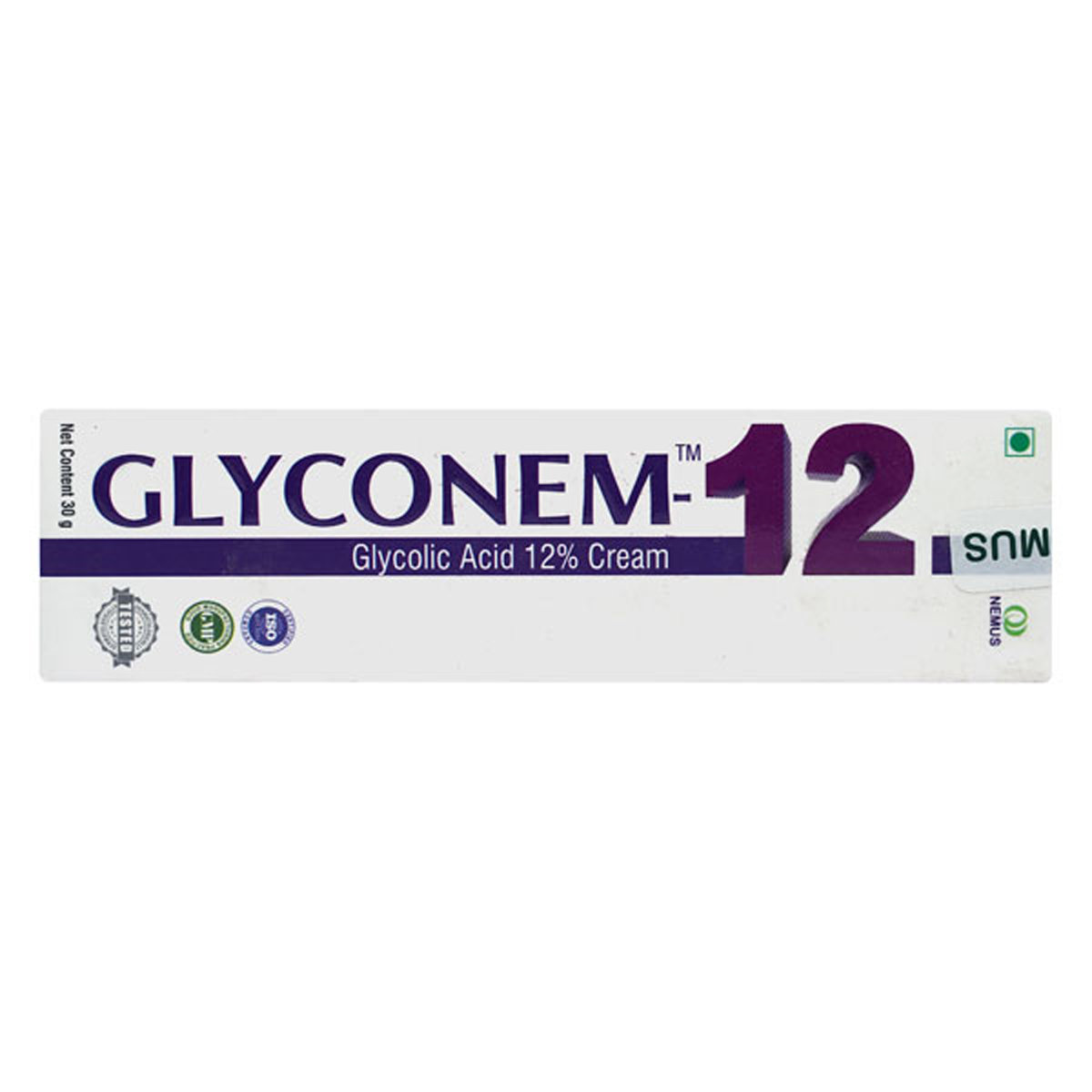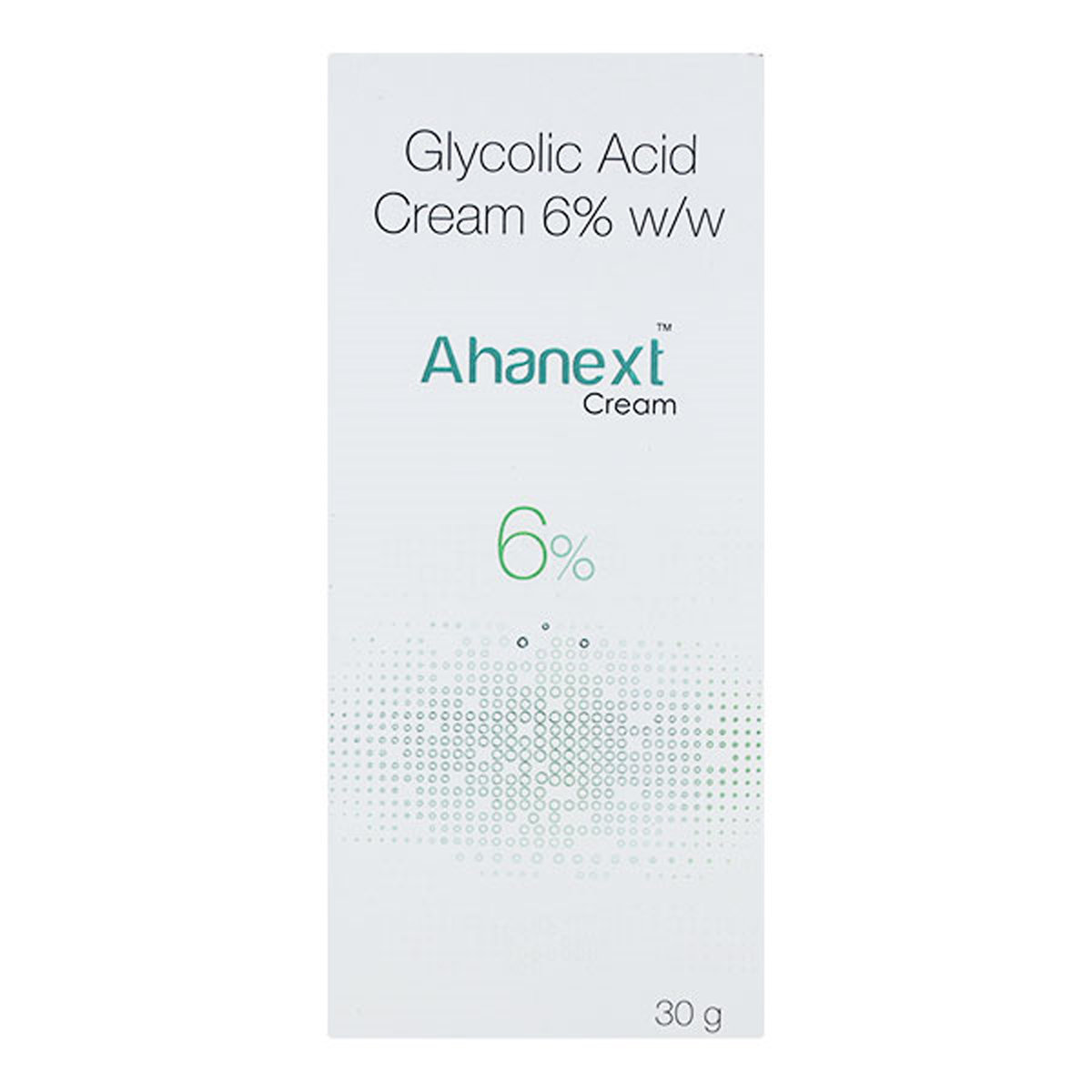Glycolic Acid
About Glycolic Acid
Glycolic Acid is used to treat skin problems like acne (pimples), acne scars, melasma, hyperpigmentation, wrinkles, and photoaging (premature ageing of the skin caused by repeated exposure to UV radiation). Glycolic Acid has antibacterial, antioxidant, keratolytic (remove warts, calluses), comedolytic (inhibits the formation of blemishes), and anti-inflammatory activity.
Glycolic Acid contains ‘Glycolic acid’ which works by increasing the turnover rate of epithelial cells (cells that line the surface of the skin), eventually helps in peeling the skin and treating comedones (skin-colored, small bumps due to acne). Glycolic Acid kills bacteria, reduces inflammation, and unplugs blocked pores. It decomposes to release oxygen when applied to the skin. This oxygen acts as a bactericidal agent and kills Propionibacterium acnes, the bacteria that causes acne.
Glycolic Acid is for external use only. Avoid contact with eyes, eyelids, lips, mouth, and nose. If the medicine comes in contact with any of these areas, rinse with water immediately. Do not use Glycolic Acid on sunburned, windburned, dry, or irritated skin. Common side effects of Glycolic Acid include dry skin, erythema (skin redness), burning sensation, itching, skin irritation, and skin rash.
Glycolic Acid can make the skin more sensitive in the sunlight, hence always use sunscreen and protective clothing before you step outdoors. Care should be taken while applying Glycolic Acid on sensitive areas, such as the neck. Please limit the use of products that contain large amounts of alcohol (astringents, shaving creams, or after-shave lotions), hair removal products, and products containing lime or spices while using Glycolic Acid.
Uses of Glycolic Acid
Medicinal Benefits
Glycolic Acid contains ‘Glycolic acid, an exfoliative agent used to treat skin problems like acne (pimples), acne scars, melasma, hyperpigmentation, photoaging, and seborrhea. It is an organic compound derived from sugarcane with an antibacterial, antioxidant, keratolytic (remove warts, calluses), comedolytic (inhibit the formation of blemishes), and anti-inflammatory activity. Glycolic Acid increases the turnover rate of epithelial cells (cells that line the surface of the skin), eventually helps in peeling the skin and treats comedones (skin-coloured, small bumps due to acne). Glycolic Acid kills bacteria, reduces inflammation, and unplugs blocked pores. It decomposes to release oxygen when applied to the skin. This oxygen acts as a bactericidal agent and kills Propionibacterium acnes, the bacteria that causes acne.
Directions for Use
Glycolic Acid is for external use only. Cream/Gel/Lotion: Apply the advised amount of gel/lotion/cream on the skin's affected areas. Gently massage the medicine into the skin with your fingers. Wash your hands before and after applying the cream/gel/lotion. Do not put a dressing or bandage on the affected areas. Foam: Apply a generous amount of foam onto the affected areas and massage gently. Rinse off with clean water. Cleansing bar/Soap: Work the bar/soap into a nice lather and apply it to the affected areas with your hands. Gently massage in circular motions and rinse off with clean water. Facial mask: Before applying the facial mask, clean the affected area with a non-medicated cleanser and pat dry. Apply a thin layer of the mask using circular motions and dry for 20-25 minutes. Rinse with clean water.
Storage
Side Effects of Glycolic Acid
- Burning sensation
- Itching
- Skin irritation
- Swelling
- Skin rash
Drug Warnings
Do not use Glycolic Acid if you are allergic to any of its ingredients. Let your doctor know if you have contact dermatitis, liver, kidney, gastrointestinal, or heart diseases. Please inform your doctor if you are using any other medications, including vitamins, before starting Glycolic Acid. Glycolic Acid can make the skin more sensitive to the sunlight; hence always use sunscreen and protective clothing before you step outdoors. It is recommended to avoid tanning booths and sunlamps. Do not apply Glycolic Acid on irritated and sunburned skin. Care should be taken while using Glycolic Acid on sensitive areas, such as the neck. Let your doctor know if you are pregnant, planning to conceive, or are a breastfeeding mother.
Drug Interactions
Drug-Drug Interaction: No interaction found.
Drug-Food Interaction: No interaction found.
Drug-Disease Interaction: No interaction found.
Drug-Drug Interactions Checker List:
Safety Advice

Alcohol
cautionInteraction of alcohol with Glycolic Acid is unknown. Please consult a doctor before consuming alcohol while using Glycolic Acid.

Pregnancy
cautionIf you are pregnant, please consult a doctor before using $anme.

Breast Feeding
cautionThere are limited studies on how Glycolic Acid affects the breastfed infants. Please consult your doctor before using Glycolic Acid if you are breastfeeding.

Driving
not applicableGlycolic Acid is generally safe to use before driving.

Liver
cautionLet your doctor know if you have any history of liver diseases before using Glycolic Acid.

Kidney
cautionLet your doctor know if you have any history of kidney diseases before using Glycolic Acid.

Children
consult your doctorPlease consult your doctor before using Glycolic Acid for children.
Habit Forming
Diet & Lifestyle Advise
- Use mild soap while taking baths and prefer warm baths.
- Avoid harsh products on your skin.
- Do not scratch or pick your skin to avoid getting the affected area infected.
- Manage stress, eat healthily, drink plenty of water, exercise regularly, and get plenty of sleep.
- Avoid or limit the intake of alcohol and caffeine.
Special Advise
Consult your dermatologist if you do not notice any improvement after 4-6 weeks of treatment with Glycolic Acid.
Patients Concern
Disease/Condition Glossary
Acne vulgaris (acne): It is a skin condition caused when the hair follicles are plugged with oil and dead skin cells. Whiteheads, blackheads, pimples, cysts, and nodules are all types of acne. It commonly occurs in teenagers though all age groups are affected.
Hyperpigmentation: It is a skin condition in which patches of skin become darker in color than the normal surrounding skin. This darkening of skin occurs when an excess of melanin (hormone), the brown pigment that produces normal skin color, forms deposits in the skin.
Melasma: It is a common skin problem that causes dark, discolored patches on your skin. It is also called the “mask of pregnancy,” when it occurs in pregnant women. It can be occurred due to hormonal changes during pregnancy or from sun exposure.
FAQs
Please do not stop using Glycolic Acid even if you feel better until the doctor's advised course is finished. Your symptoms may improve before the infection is completely cured.
There are limited studies on how Glycolic Acid affects the breastfed infants. Please consult your doctor before using Glycolic Acid if you are breastfeeding. If you need to apply the cream or lotion on your breasts, don't do this shortly before giving a feed.
Glycolic Acid can make your skin more sensitive to the harmful effects of sunlight. Hence it is advised to use sunscreen and wear protective clothing while using Glycolic Acid. It is recommended to avoid tanning booths and sunlamps.
Glycolic Acid usually improves your skin condition in 4-6 weeks of treatment. If you notice no improvement after a month of treatment, please reach out to your doctor.
You can leave glycolic acid overnight on the skin if you are using cream/gel/lotion formulations. However, if any irritation occurs, please stop usage and consult your doctor.
Available Medicines for
Glycolic Acid

Ahaglow S Foaming Face Wash 100 ml | Salicylic Acid & Glycolic Acid
1 Bottle
₹678.3 (MRP 798)15%Off
cashback: 0










